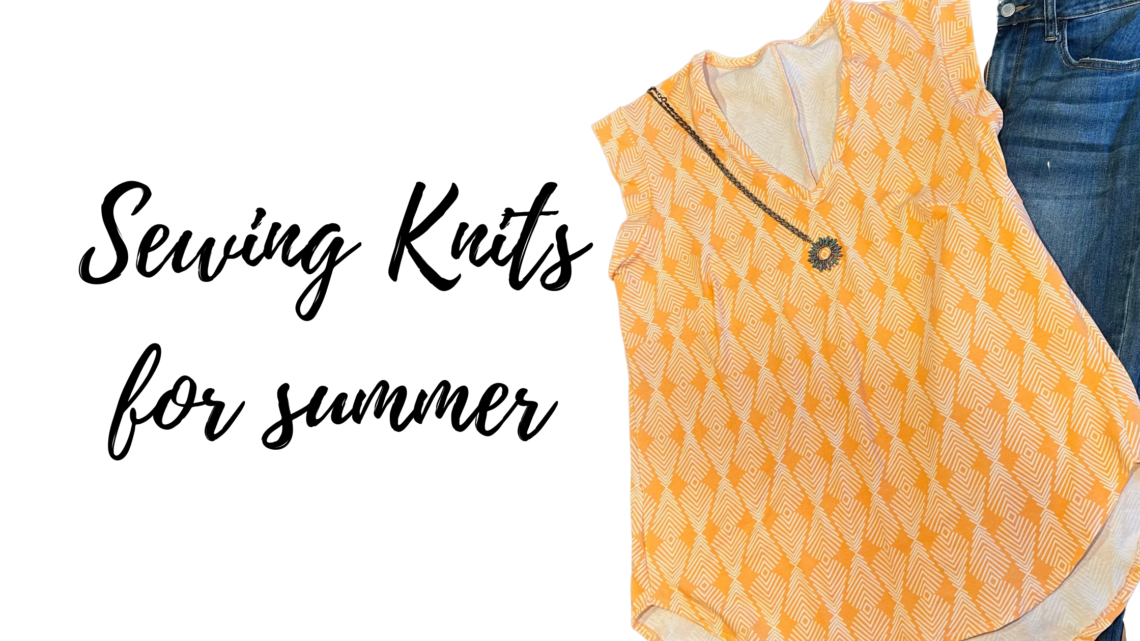
Sewing Knits vs Woven Fabrics
Sewing Knits vs Sewing Wovens
Sewing knits is slightly more challenging than sewing woven fabrics. For one, knits have varying degrees of stretch. We need to tame the stretch to avoid wavy, and sometimes inaccurate, seams. As long as we aren’t stretching the fabric during sewing, knits can easily be tamed. The great thing is that you can use either a standard sewing machine or a serger when sewing knits. The latter allows for a nicer finish and helps tame the stretch factor, too. But a standard sewing machine also creates nice results.
Typically, patterns designed for knit fabrics are not suitable for wovens and vice versa. However, there are a few patterns that are suitable for either fabric. Just keep in mind that if a pattern specifically calls for a knit fabric, a woven cannot be used; there won’t be enough ease built into the design and the garment will fit too closely (and will oftentimes not fit in any area). But in certain situations a knit can be used in place of a woven; read on for a few considerations.
DIY Lounge Wrap in Knit or Woven
The DIY Lounge Wrap is suitable for knit or woven fabrics. Consider how and where you want to wear your Lounge Wrap when determining the fabric to use.
Do you want to truly lounge in the garment? Choose a comfy, stretchy knit.

Do you want to use it as a robe worn out of the shower, pool or gym? Choose a French terry.

Do you want to wear it out on the town for date night? Choose a chiffon or linen blend.

The loose fit allows you to choose either knit or woven and not worry that the garment won’t fit once sewn – a luxury not common in garment making!

The sewing techniques will vary slightly, depending on your choice of a knit or woven. You may want to create many versions of the Lounge Wrap, using different fabrications, too! Sulky Poly Deco Thread is suitable for either fabric type, but different types of needles are needed to ensure stitching success.
For most stretch fabric, a Jersey needle is a MUST. This needle has a ball point, which separates the knit fibers when creating a stitch. Unlike a needle with a sharp tip that would pierce the fabric fibers and cause snags or holes, a ballpoint needle allows the thread to nest between fibers.
If you’re working with Spandex or Slinky Knit, a Super Stretch needle is your BFF for sewing stretch fabrics. These needles have a medium ballpoint tip that prevents the destruction of fabric fibers. A specifically shaped groove reduces the occurrence of missed stitches by optimally spacing the needle from the rotating hook. This needle assortment contains three 75/11 sized needles and two 90/14 sized needles. The 75/11 is suitable for Sulky Poly Deco when working with lighter weight knits with 75% stretch. The 90/14 is great for machine embroidery, when stitching stretch fabrics at higher speeds.
A Twin Needle is great for hems (and necklines if making a comfy T-shirt). If using a serger without a coverstitch option, use a Twin Needle on your sewing machine for a professional finish.
Knits
There are many knit types available, and some are more comfortable and easier to sew than others. If you’re a beginner choose a stable knit, such as a waffle knit or double knit. If you’re feeling adventurous, choose a jersey knit or slinky. Whichever knit type you choose, make the stretch factor easier to manage by using Sulky Sticky Fabri-Solvy to stabilize your seams during sewing. Cut the stabilizer into strips and apply them along the seams to ensure the fabric doesn’t stretch or warp while sewing.
Once the garment is complete, the stabilizer washes out in the washing machine! It’s a great help when hemming, too.
Wovens
A variety of woven fabrics will work with the DIY Lounge Wrap design. A lovely linen, cotton sateen or voile are all great choices. Shy away from heavyweight fabrics so the garment still has a nice drape when worn. This is an oversized, flowy piece so hold about a yard of it along your shoulder to see how it hangs before purchasing a woven fabric.
Style Arc Parker Tunic in Knit or Woven
The Parker Tunic by Style Arc is a super versatile garment.
The V-neck top has cap sleeves and shaped hem. It’s designed for woven fabrics, such as silk, rayon, crepe or washed linen.
To sew this pattern using a knit, choose a mediumweight knit and note the direction of most stretch. Carefully cut out the pattern pieces so the greatest stretch goes around the body (not up and down).
The featured images are shown using a serger. Contrary to popular belief, you don’t have to use a “serger” thread in the serger! The featured sample showcases Sulky Poly Deco Thread and a 4-thread overlock stitch. You can also use a standard sewing machine with a stretch stitch selected on the machine.
To finish the serger stitches, where they are not sewn into the hem or seam, thread a hand sewing needle with the serger thread tail and weave it through the stitching. This is the cleanest way to finish the thread ends to prevent unraveling.
This pattern has darts for shaping on the front piece. When working with a knit, you can close the dart on the pattern piece and then cut the fabric. Since the knit fabric has stretch you shouldn’t need the dart for more room around a curvy shape. But, you can also leave the dart in for a style option.
Consider going down a full size when sewing a knit in place of a woven for the Parker Tunic. Or, simply cut off the seam allowances to sew it a bit smaller than the original intended design.
Not all patterns are easily adapted for knit fabrics, so if you’re a beginner sewists or a newbie to garment sewing, be sure to sew a test garment to ensure desired results. Or, always look for “designed for knits” on the pattern before purchasing!

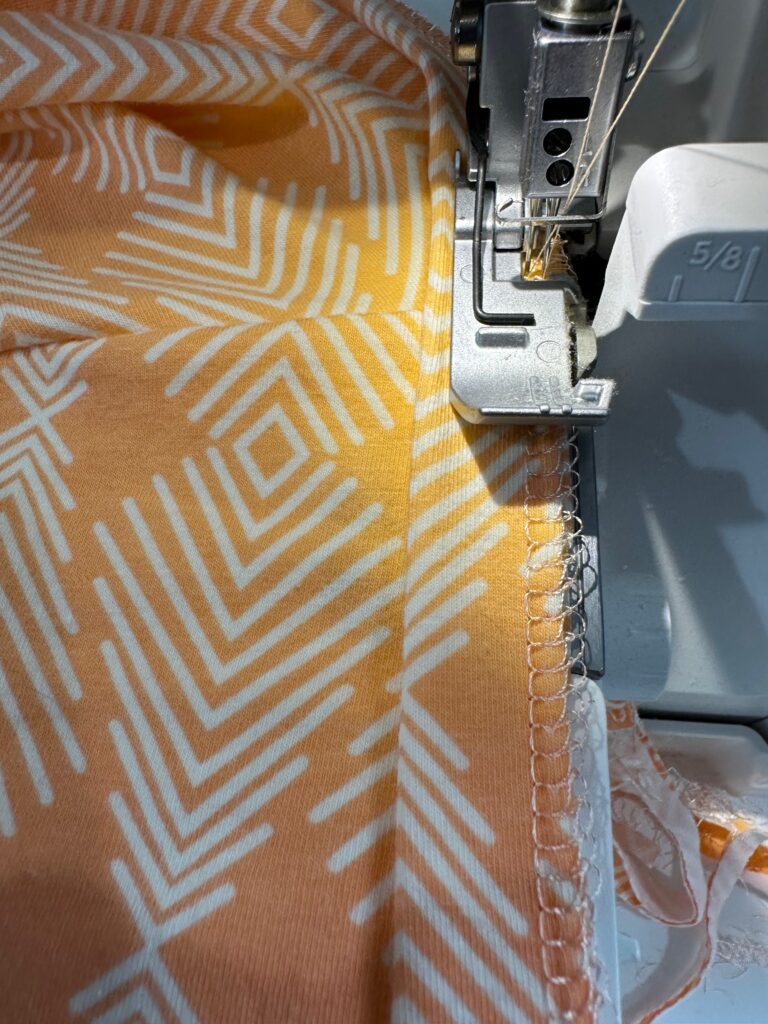
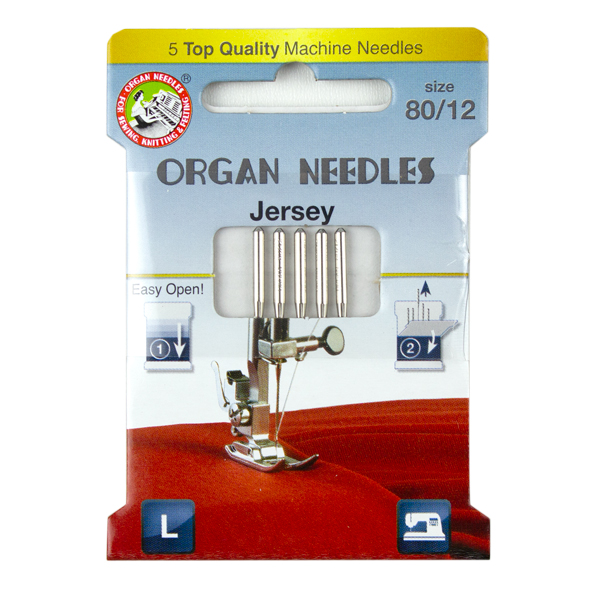


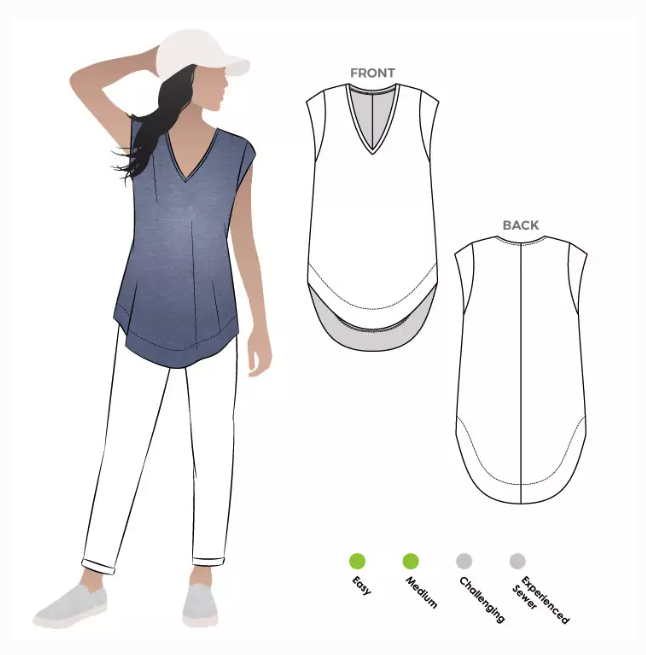
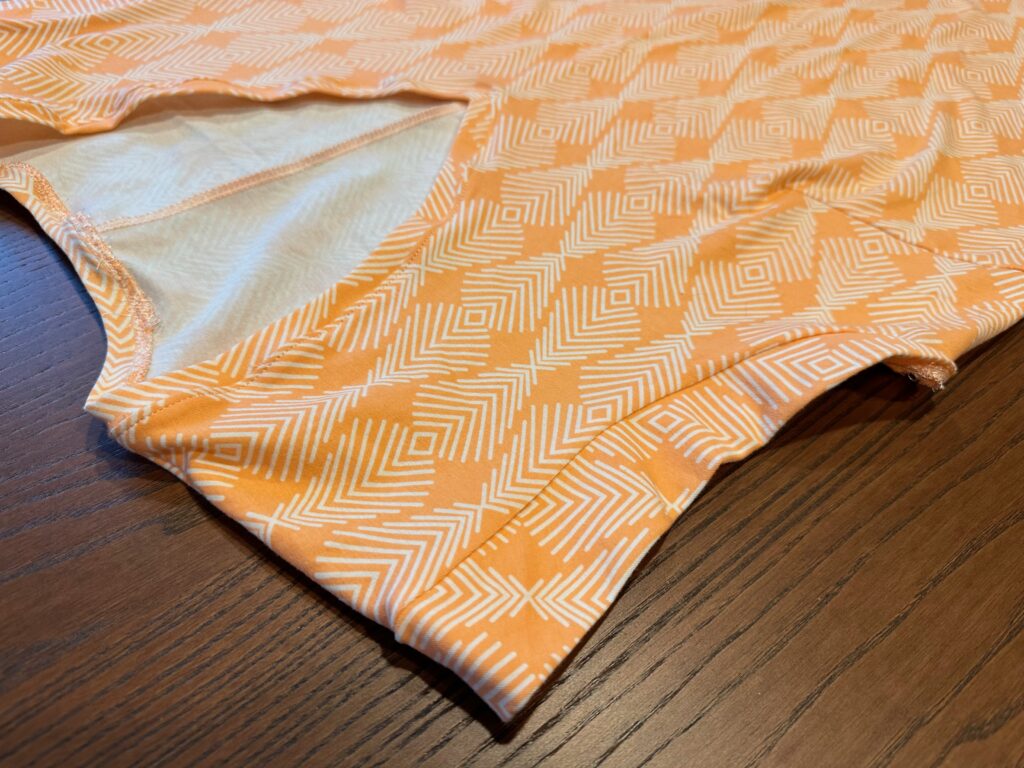

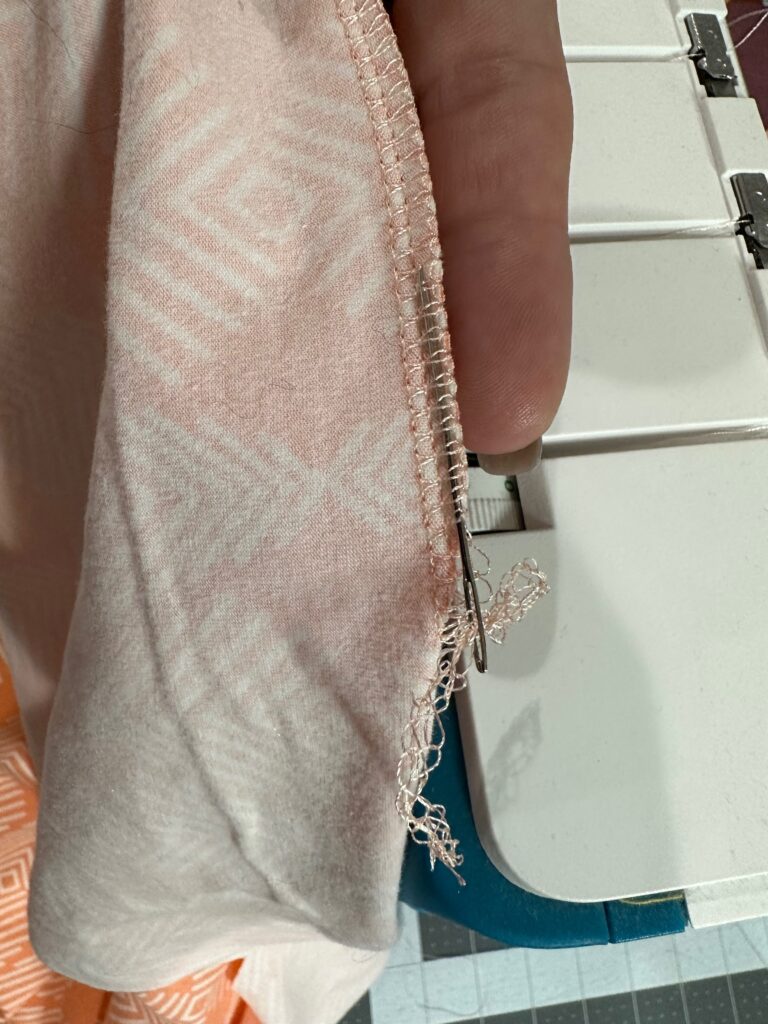

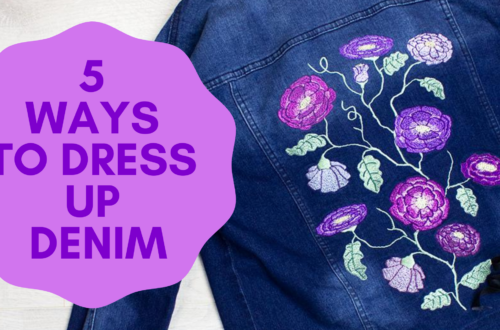
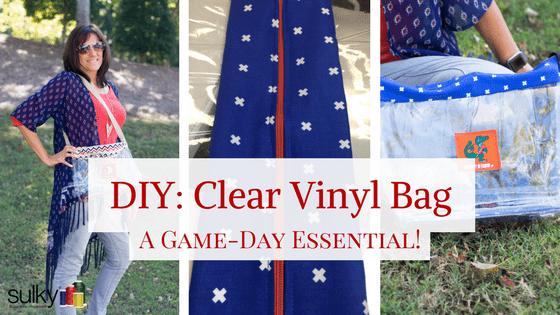
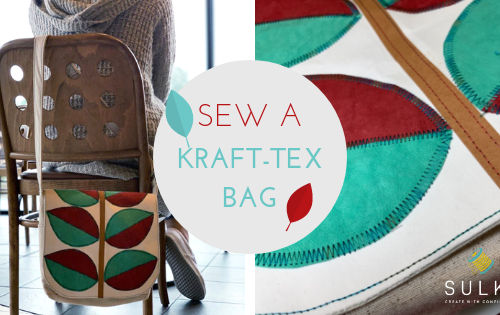
4 Comments
Joan Shriver
Valuable information here, thank you, Ellen!
sroyer36@gmail.com
Great refresher for sewing with knit. I love learning new ways to sew knit. Even woven fabrics.
Chris Eichner
Good morning Ellen, Chris Eichner here I like the tunic pattern how do obtain ?
Ellen March
Hi Chris! Sorry, I thought I had the link in there. I’ve updated the post and here it is: https://www.stylearc.com/shop/pdf-sewing-patterns/parker-tunic-pdf/?gclid=Cj0KCQjwzdOlBhCNARIsAPMwjbwALCNYWHagY7WY-rSaTCla5L49ngdFJomPNgDFL6UX5cbHWgq_sxEaAgD9EALw_wcB
~Ellen